The ratio of hand-brewed coffee powder to water temperature parameters how much better is the drip coffee powder?
Making coffee does not have a scientific powder-water ratio, that is, it is made in the "summer bar". How much coffee powder, how much water should be injected, the electronic scale seems to have become an indispensable cooking equipment.
However, in addition to the powder-to-water ratio, there is another similar parameter called the powder-liquid ratio. Powder-to-liquid ratio refers to the ratio of coffee powder to coffee liquid, that is, how much coffee powder is used to flush out the coffee liquid.
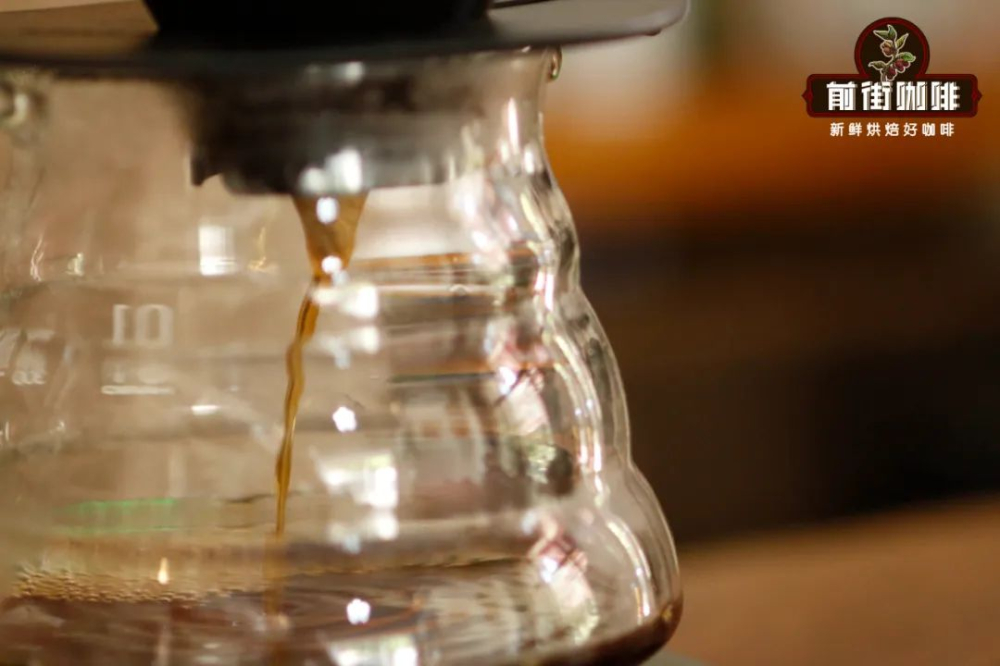
Why are there two sets of calculations? Previously, the electronic scale did not achieve the miniaturization and precision it is now. Under such a premise, it is difficult to calculate how much water has been injected. However, according to the size of the container or the scale of the container, it can roughly break out of a proportional range.
For example, the Kono sharing pot seems to have no scale, but it is actually marked with a scale that is not easy to notice. In the case of the standard 600ml capacity Kono sharing pot, there are two icons on it, which are 2 cups and 4 cups respectively. The amount of powder in a cup of coffee in Kono is 120ml, so the scale of 2 cups is 240 ml and the large scale of 4 cups is 480ml. So it is not difficult to see why using Kono utensils to make coffee uses such tricky amounts of 12g powder, 24g powder and 36g powder.
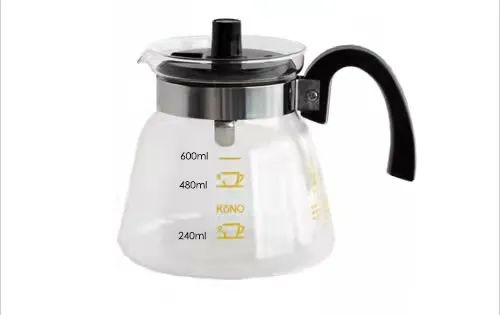
Hario's cloud sharing pot also has a similar inconspicuous scale logo. Take kettle 01 as an example, 300ml's logo is between "APPROX" and "300,300", and 200ml's logo is at the junction of the first and second clouds.
And then there is the measuring cup, which is marked with a detailed capacity scale.
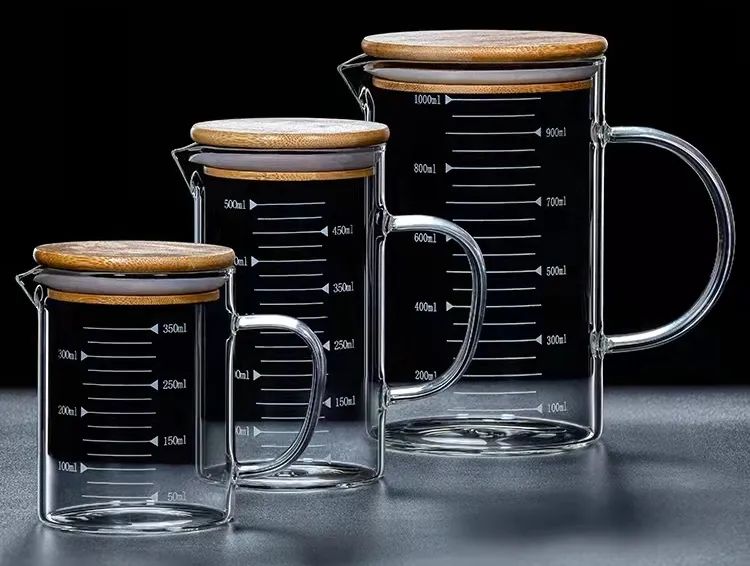
Is powder more accurate than data? When we talk about the ratio of powder to water, as long as the value of powder and water are accurate, there will be no big error in theory (the numerical feedback of electronic scale will be more accurate). Using the powder-liquid ratio of the observation scale, the error is easy to occur when observed by the naked eye, which is about the error of 10ml. If the table is not horizontal, the error is greater.
Another advantage of powder-water ratio is that it can accurately know the amount of water injected into each section and grasp more accurate information.
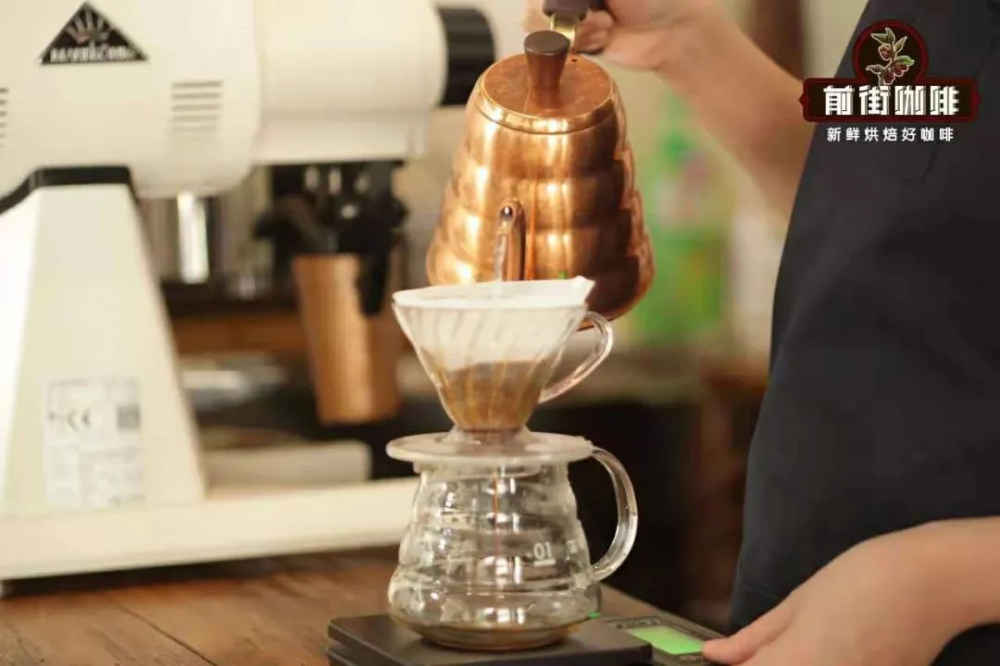
The powder-to-liquid ratio also has an incomparable advantage over the powder-to-water ratio, that is, the controllability is better. For example, when the filter cup is clogged, a large amount of water can be injected into the filter cup to tumble and delaminate. At that time, just pay attention to the coffee liquid to reach the target amount to remove the filter cup, do not consider the excess water on the filter cup.
Some Japanese brewing schools also believe that the foam on the surface of coffee is the source of bitter taste (deep-roasted coffee beans, flannel age). If the ratio of powder to water is measured, all the water must flow into the lower pot, and the bitter substances in the coffee foam will also flow into the coffee liquor. so they will take the powder-liquid ratio, the best step is to raise the powder layer to prevent the foam from falling into the next pot.
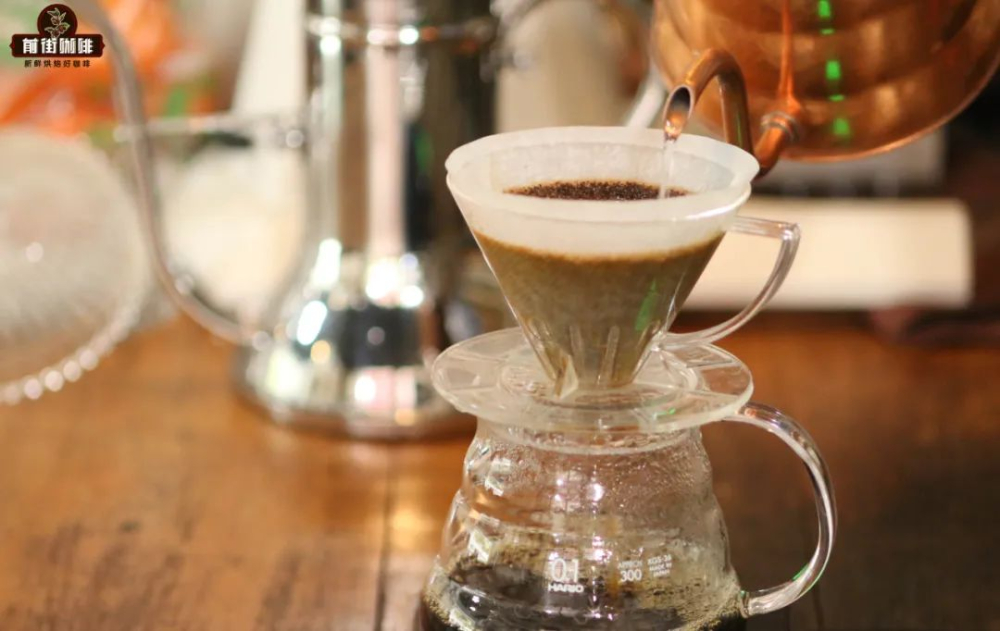
The ratio of powder to liquid and the ratio of powder to water can be converted freely. The difference between the two is whether the water absorbed by coffee powder is calculated. With coffee powder saturated with water as twice as absorbent, the powder-to-water ratio at 1:15 is actually equivalent to the powder-to-liquid ratio at 1:13.
Important Notice :
前街咖啡 FrontStreet Coffee has moved to new addredd:
FrontStreet Coffee Address: 315,Donghua East Road,GuangZhou
Tel:020 38364473
- Prev

Italian coffee latte pull embossing how to practice latte coffee proportion powder quantity?
A friend asked Qianjie how to practice the cylinder swing when embossing flowers, and this article is as "how to pull out a good-looking embossed line?" "in addition, friends who have not read it can click on the link first. I will not repeat the above article. The first question is, if your picture is asymmetrical, there is only one.
- Next

How fine should the espresso grind be? How can we adjust the correct Italian grinding degree?
How fine should the Italian grind be? How can we adjust the correct Italian grinding degree? Is a big problem as an amateur. We should be clear that the degree of Italian grinding is not once and for all, the change of the state of coffee beans and the change of air humidity will often affect the extraction of Italian coffee. Therefore, it is necessary
Related
- Beginners will see the "Coffee pull flower" guide!
- What is the difference between ice blog purified milk and ordinary milk coffee?
- Why is the Philippines the largest producer of crops in Liberia?
- For coffee extraction, should the fine powder be retained?
- How does extracted espresso fill pressed powder? How much strength does it take to press the powder?
- How to make jasmine cold extract coffee? Is the jasmine + latte good?
- Will this little toy really make the coffee taste better? How does Lily Drip affect coffee extraction?
- Will the action of slapping the filter cup also affect coffee extraction?
- What's the difference between powder-to-water ratio and powder-to-liquid ratio?
- What is the Ethiopian local species? What does it have to do with Heirloom native species?

